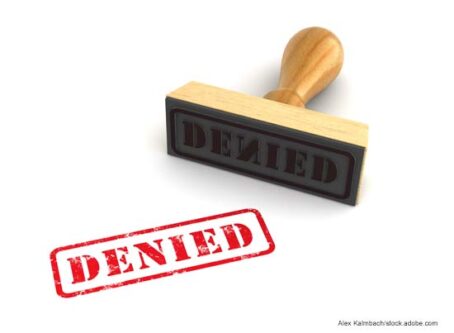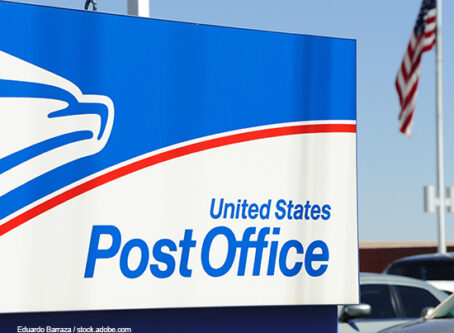FMCSA updates ag definitions for hours of service
The Federal Motor Carrier Safety Administration on Thursday, Nov. 19, revealed its interim final rule aimed at clarifying agricultural commodity and livestock definitions in the hours-of-service regulations.
FMCSA’s interim final rule cleared the White House Office of Management and Budget on Tuesday, Nov. 17 and is expected to publish in the Federal Register soon.
The new rule clarifies the definitions of “any agricultural commodity,” “livestock,” and “nonprocessed food,” as they apply to the 150-air-mile exemption from the hours-of-service rules during harvest season.
As part of the clarification, “any agricultural commodity” includes horticultural products as risk of perishing or degrading in quality during transport. That includes plants, sod, flowers, shrubs, ornamentals, seedlings, live trees, and Christmas trees.
The “livestock” definition now will include insects and all other living animals cultivated, grown, or raised for commercial purposes, including aquatic animals.
“Nonprocessed foods” include fresh fruits, vegetables and cereal and oilseed crops that have been minimally processed by cleaning, cooling, trimming, cutting, chopping, shucking, bagging, or packaging to facilitate transport by commercial motor vehicle.
“The agriculture industry is vital to our nation, and this new rule will provide clarity and offer additional flexibility to farmers and commercial drivers, while maintaining the highest level of safety,” Department of Transportation Secretary Elaine L. Chao said in a news release.
Reasons for the changes
According to FMCSA, the changes were prompted by indications that the current definitions were difficult to understand and enforced inconsistently.
Back in July 2019, FMCSA issued an advance notice of proposed rulemaking on the topic. The agency received 145 comments. Many of the comments came from agricultural associations supporting efforts to provide clarity to the definitions. The Owner-Operator Independent Drivers Association also submitted comments supporting moves to harmonize the definitions with the U.S. Department of Agriculture.
After an advance notice of proposed rulemaking, the typical next steps is for an agency to issue a notice of proposed rulemaking. However, FMCSA believed it received enough information to move forward with an interim final rule.
According to the Federal Register an interim final rule is defined as:
When an agency finds that it has good cause to issue a final rule without first publishing a proposed rule, it often characterizes the rule as an “interim final rule,” or “interim rule.” This type of rule becomes effective immediately upon publication. In most cases, the agency stipulates that it will alter the interim rule if warranted by public comments. If the agency decides not to make changes to the interim rule, it generally will publish a brief final rule in the Federal Register confirming that decision.
“Our nation’s farmers and agriculture haulers will benefit from this clarification of the rules and will be able to deliver their products in a safer and more efficient manner,” FMCSA acting Administrator Wiley Deck said. “These improved rules will help farmers move commodities and get food to our grocery stores. We have heard the concerns from our farmers and ag haulers, and we’ve worked closely with USDA and the industry to provide regulatory clarity and craft this new rule.” LL









